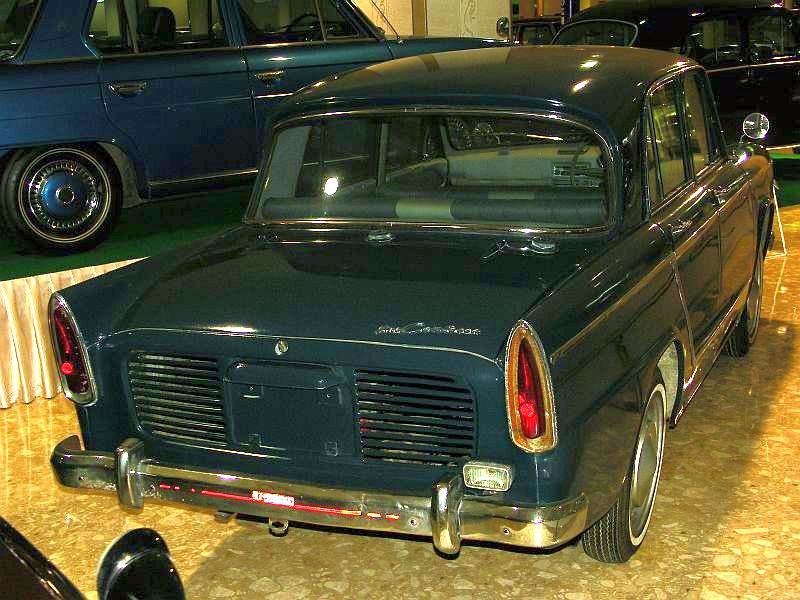Description
The Hino Contessa 900 was the first generation of the Contessa series, introduced in 1961 as Hino Motors’ first independently designed passenger car. Known internally as the PC10, it was powered by an 893 cc engine—hence the “900” designation—and marked a significant turning point in Hino’s history. After years of producing trucks and assembling Renaults under license, the Contessa 900 demonstrated that Hino was capable of developing its own modern, stylish, and technically competent automobile.
The design of the Hino Contessa 900 clearly reflected its Renault lineage, particularly the Renault 4CV and Dauphine, which had heavily influenced Hino’s engineering team. The car featured a compact, rounded body with smooth curves, integrated fenders, and a short overhang at both ends. The front end was neat and understated, with twin round headlights and a simple horizontal grille, while the rear engine cover was louvered for cooling. Though modest in size, the Contessa 900 had a well-proportioned shape that gave it an air of European sophistication uncommon among early 1960s Japanese cars.
The cabin was designed for four passengers and offered surprising comfort for its class. The dashboard layout was simple but effective, with a centrally mounted speedometer and clean metal surfaces, reflecting a minimalist European influence. Upholstery and trim materials were practical rather than luxurious, but the build quality was solid, and visibility was excellent. Despite its small size, the interior was airy and functional, making it a sensible car for Japan’s growing urban population.
Under the rear engine cover, the Contessa 900 housed an 893 cc inline four-cylinder, water-cooled engine producing about 37 horsepower. This engine was an in-house design but clearly drew inspiration from the Renault units Hino had previously built. Power was sent to the rear wheels via a four-speed manual transmission. The car’s performance was modest—with a top speed of around 115–120 km/h (71–75 mph)—but it was smooth, reliable, and economical, perfectly suited to Japan’s driving conditions in the early 1960s.
On the road, the Contessa 900 was noted for its balanced handling and comfortable ride. The rear-engine, rear-wheel-drive layout gave it good traction, especially on steep or winding roads, while its light weight made it nimble and easy to drive in traffic. The suspension, consisting of independent trailing arms at the rear, contributed to a stable and composed ride, a quality that helped distinguish it from many contemporaries.
In 1962, Hino introduced a coupé version of the Contessa 900, adding a touch of sportiness and flair to the lineup. This variant shared the same mechanical foundation but featured a sleeker roofline and a slightly more stylish interior, appealing to younger buyers seeking something different from the typical small sedans of the day.
The Hino Contessa 900 remained in production until 1964, when it was replaced by the Contessa 1300, designed by Giovanni Michelotti. The newer model retained the rear-engine configuration but offered more power, sharper styling, and improved performance.
Today, the Hino Contessa 900 stands as an important milestone in Japan’s automotive history. It represents Hino’s transition from licensed production to true independence, combining European influence with Japanese craftsmanship. Though production numbers were modest and few examples survive, the Contessa 900 is cherished among enthusiasts as one of Japan’s earliest examples of a domestically designed small family car with international flair. It remains a symbol of innovation, optimism, and the quiet determination of Japan’s postwar car industry to stand on its own.


